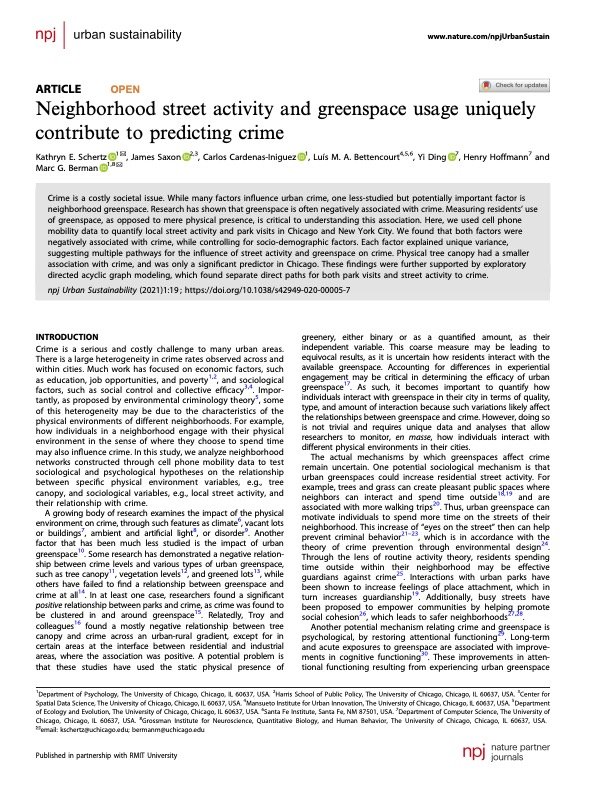By Shannon Brennan and Benjamin Mazowita
Between 2011 and 2016, 2,362 people in British Columbia had a fatal overdose from illicit drugs, with 332 occurring in Surrey specifically. The majority of individuals who died of an illicit drug overdose in British Columbia (66%) and specifically in the City of Surrey (64%) had no contact with police in the 24 months preceding their overdose death. For the purposes of this study, a contact with the police is defined as an official intervention, where the individual was identified by police as a person accused of a criminal incident. Overall, most of the decedents (66%) held some form of employment in at least one of the five years preceding their overdose death, regardless of any contact with police. That said, decedents who had a formal contact with the police were less likely to have experienced consistent employment over the 5 years. One in five (20%) decedents who had contact with police were employed in each of the 5 years prior to their fatal overdose, compared to 29% of decedents who did not have contact. More than two-thirds (68%) of decedents who had contact with police had also received social assistance benefits in the 5 years prior to their death, a proportion that was significantly higher than their counterparts who had no contact with police (55%). In general, most decedents were not hospitalized in the year before their death. This held true for both those who had contact with police (72%) and those who did not (75%). The remaining one in four decedents were hospitalized at least once in the year preceding their death. The most common reasons for hospitalization among decedents in the year before their death besides opioid poisonings were in connection to substance use related disorders and mental health conditions. While the majority of decedents never came into contact with police, among those who did (34%), many did so multiple times. Overall, 15% of decedents in British Columbia and 16% of decedents in the City of Surrey had three or more formal contacts with police in the 24 months preceding their overdose death. Overall, among decedents who had a contact with police, 33% in British Columbia (and 24% in the City of Surrey) had a fatal overdose in the 90 days following their last contact with police. These findings indicate the need for timely interventions. The majority of decedents who came into contact with police prior to their fatal overdose did so for a non-violent crime: 83% of police contacts were for non-violent offences whereas the remaining 17% involved violent offences. Shoplifting of items valued at $5,000 or under was the most common reason decedents came into contact with police in the 24 months prior to their death. Aside from property offences and, more specifically, shoplifting, offences against the administration of justice were also among the most common reasons decedents came into contact with police. These offences were also highly represented among the decedent cohort, relative to the province as a whole. In line with their police interactions, most of the decedents who appeared in a criminal court within the 2 years preceding their overdose death did so in relation to property offences and offences against the administration of justice. Specifically, cases involving theft, breach of probation and failure to comply with an order were among the most prevalent
Ottawa: Statistics Canada, 2019. 18p.





















